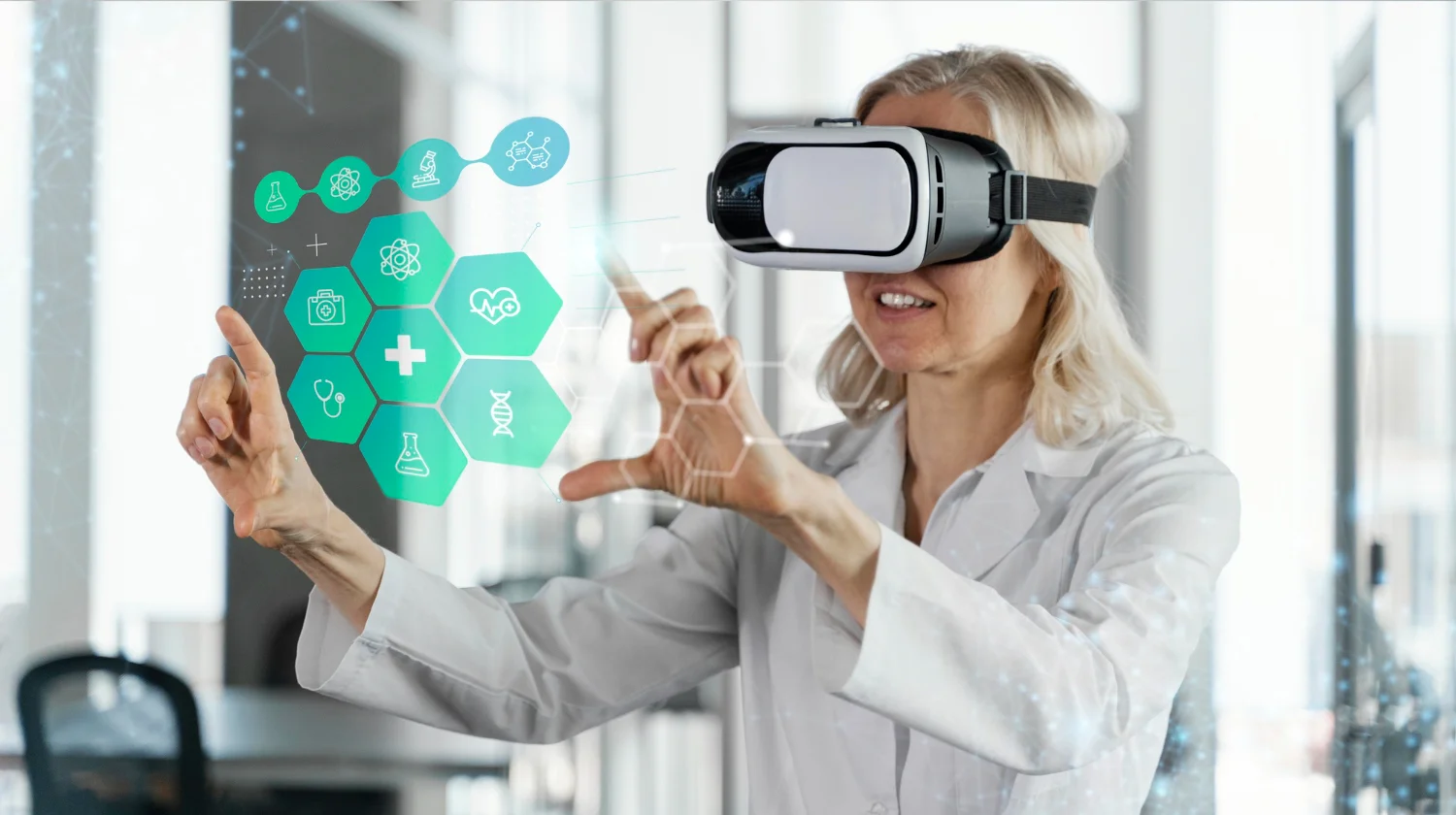In the dynamic and increasingly complex landscape of global business, governance, and technology, organizations need adaptive systems that not only manage operations efficiently but also learn, evolve, and self-optimize. The 21st century demands more than traditional ERP systems or isolated AI tools—it demands integration, intelligence, and insight. This is where CÑIMS—the Cybernetic Ñetwork of Integrated Management Systems—emerges as a transformative concept.
Introduction
Cñims represents a new paradigm in organizational thinking. At its core, CÑIMS is a meta-framework that fuses cybernetic principles, networked intelligence, and integrated management disciplines to create a living, adaptive system. It is not merely software or a protocol; it is a holistic methodology and architecture designed for institutions, governments, corporations, and even smart cities.
The term “Cybernetic Ñetwork” refers to a system that self-regulates and evolves through feedback loops—much like a human brain, ecosystem, or AI neural network. The inclusion of “Ñ” (pronounced enye) in the acronym represents a conscious nod to multicultural, multilingual integration, emphasizing the global and inclusive vision of the framework.
Cybernetic Intelligence
Cybernetics, originally introduced by Norbert Wiener in the mid-20th century, is the science of communication and automatic control systems. CÑIMS revives and evolves these ideas for the modern era, integrating artificial intelligence, behavioral modeling, and self-regulation mechanisms.
Cybernetic Intelligence in CÑIMS enables systems to.
Monitor real-time performance metrics.
Self-adjust parameters based on feedback.
Predict outcomes through simulation models.
Identify inefficiencies and recommend solutions.
For instance, a CÑIMS-powered logistics company could detect a supply chain disruption in real time, simulate alternatives, and autonomously reroute deliveries—all while informing stakeholders and updating dashboards.
Network Synchronization
Modern organizations operate as networks: of people, systems, machines, and data. CÑIMS views the organization as a living network, where synchronization between nodes is crucial. Unlike rigid hierarchical systems, a CÑIMS-enabled network is fluid, scalable, and context-sensitive.
Features of CÑIMS network synchronization:
Distributed ledger technology (DLT) for secure, decentralized coordination.
Semantic interoperability to connect disparate systems and languages.
Sensor-to-server-to-human feedback integration (IoT + AI + UI).
Cloud-edge hybrid deployments for latency-sensitive synchronization.
Imagine a multinational enterprise using CÑIMS to synchronize R&D data, customer feedback, and market trends across continents. The system could dynamically form “innovation clusters”—temporary digital workgroups with shared goals—based on real-time skill availability and project demands.
Integrated Management Systems
Traditional management systems (QMS, EMS, OHSAS, etc.) often operate in silos. CÑIMS unifies them into a cohesive whole, enabling cross-functional and cross-sector intelligence.
With a unified ontology and API-first architecture, CÑIMS turns fragmented tools into symphonic collaborators. For example, an energy company’s environmental, safety, and quality systems can operate as one unified interface with predictive analytics, reducing audit overhead while enhancing sustainability.
Meta-Learning and Adaptation
CÑIMS is not static software—it evolves. The inclusion of meta-learning capabilities allows CÑIMS to learn how to learn, by analyzing its own decision-making processes, outcomes, and user interactions.
This adaptability allows CÑIMS to function in volatile environments. For example, during a sudden market crash, a CÑIMS-enabled investment firm could rapidly recalibrate risk profiles, portfolio allocations, and even investor communication strategies based on emergent data and simulations.
Sustainable Ethical Governance
CÑIMS is not merely an efficiency engine—it is also an ethical compass. It includes governance mechanisms that ensure transparency, accountability, and alignment with human values and planetary boundaries.
Consider a smart city operating under CÑIMS. Public spending, infrastructure planning, and environmental impact are all visible and interactive through civic dashboards, fostering trust, reducing corruption, and improving outcomes.
The Future of CÑIMS
In the future, CÑIMS could evolve into a planetary nervous system, connecting not only organizations but entire ecosystems—human, digital, and natural. Imagine a world where:
Oceans signal distress in real-time to UN agencies.
Cities self-correct traffic, emissions, and social policy on the fly.
Corporations harmonize profit with planetary stewardship through live ethics metrics.
With quantum computing, swarm AI, and synthetic biology on the horizon, CÑIMS could become a neural substrate of civilization itself—bridging individual, organizational, and planetary intelligence into a singular orchestration of evolution.
Conclusion
CÑIMS is not just a framework—it is a vision for conscious systems. In an era defined by complexity, acceleration, and interdependence, the organizations that thrive will be those that can sense, respond, adapt, and evolve—not mechanically, but intelligently and ethically.
The Cybernetic Ñetwork of Integrated Management Systems reimagines what it means to manage, to govern, and to live in harmony with both human aspiration and the limits of our planet. As AI, networks, and human values converge, CÑIMS offers a new compass: one rooted in cybernetics, powered by intelligence, and guided by conscience.
